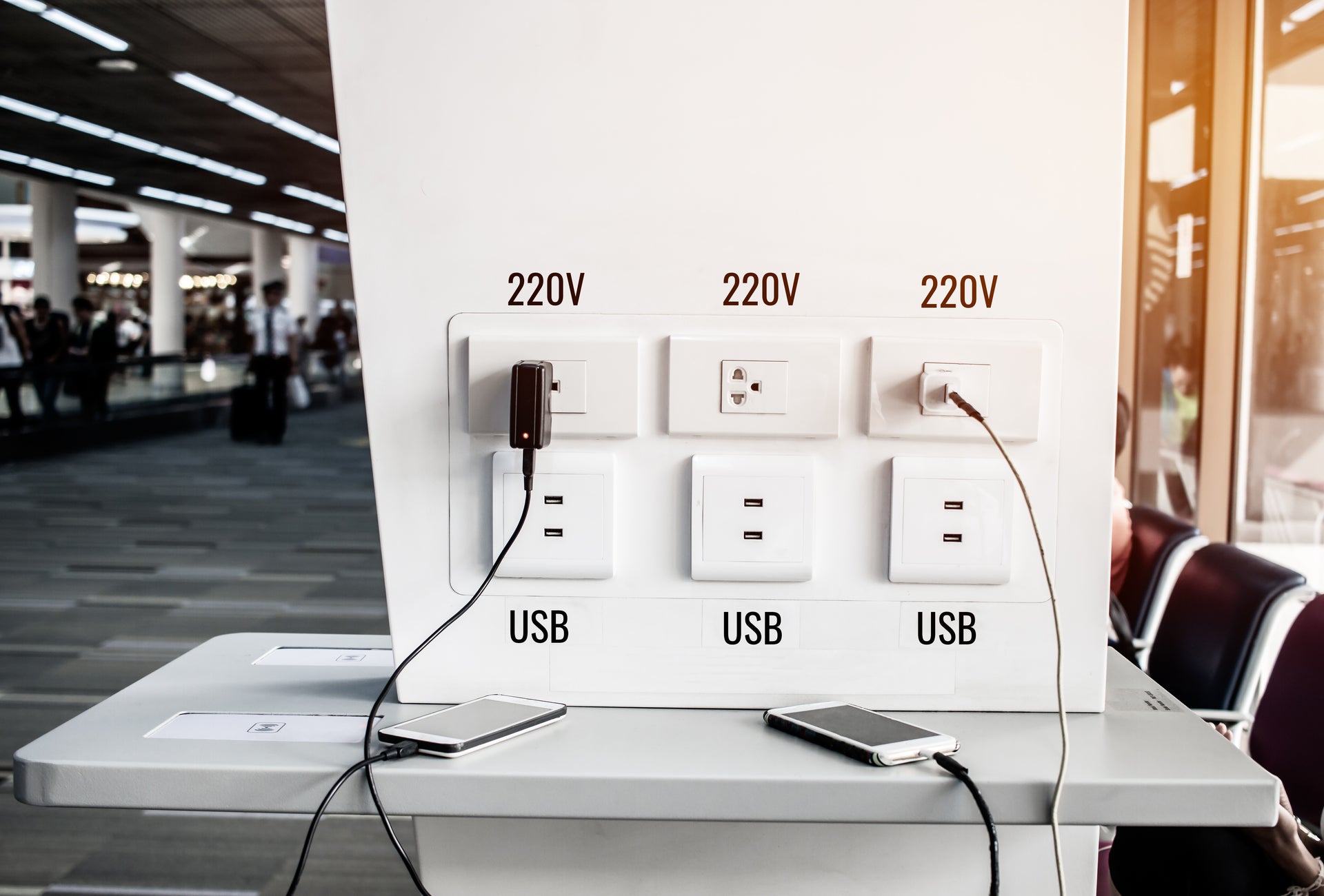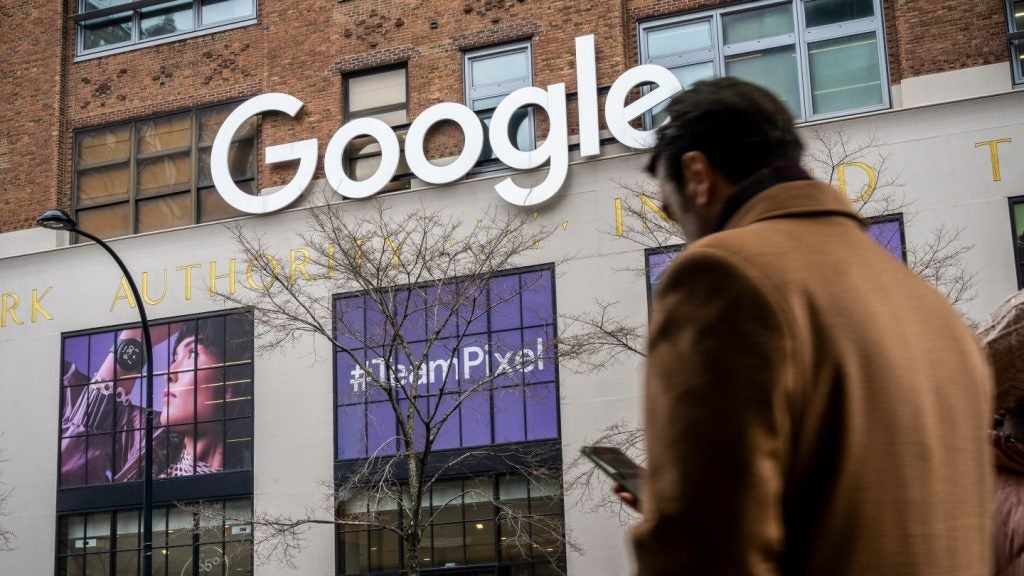
Earlier this month the Los Angeles County District Attorney’s Office posted a warning about a USB charging scam known as ‘juice jacking’. But what is juice jacking, and should you be worried about charging your phone at airports?
Juice jacking is when a criminal modifies a public USB charging port or cable with malware.
When an unsuspecting person plugs their device into the infected port, malware may infect the phone. Once infected, the phone could send personal data and passwords back to the scammer.
Satnam Narang, senior research engineer at Tenable, said that malware transferred via juice jacking can “linger even after the device is no longer in contact with the charging station”.
He adds that this malware can be used to “access personal and corporate information stored on devices of unassuming users”.
“A free charge could end up draining your bank account,” said deputy district attorney Luke Sisak in a video accompanying the DA Office’s warning, made ahead of the busy holiday travel season.
The DA’s Office warns travellers against using public USB charging stations. But how prevalent is juice jacking?
Juice jacking: How prevalent is it?
Fact-checking site Snopes said that “while it is technically possible for crooks to steal information or install malware via public USB ports, this practice doesn’t appear to be widespread”.
When TechCrunch followed up with the Los Angeles DA Office, the county’s chief prosecutor’s office said that is has seen “no cases” of juice jacking in its area.
“As far as the impact and prevalence, we haven’t seen any real data or precedent that this is a bigger security problem,” Tom Van de Wiele, principal security consultant at cybersecurity firm F-Secure, told Verdict.
Given the lack of known instances of juice jacking and the technical skill required to carry it out, it should not be a major concern for travellers.
However, those wishing to err on the side of caution could take a number of steps to eliminate the risk of juice jacking.
The DA’s Office has provided the following advice:
- Use an AC power outlet, not a USB charging station.
- Take AC and car chargers for your devices when travelling.
- Consider buying a portable charger for emergencies.
Users could also purchase a ‘USB condom’, a small device that acts as a protective buffer between the charger and charging port.
“Be prudent on where you plug in your phone, don’t let it charge in someone’s else’s computer and pick a power socket connector over putting the phone into a USB port in your hotel room, in the airport etc. Common sense still goes a long way,” added Van de Wiele.
Read more: Zamna raises $5m for blockchain-powered airport security tech







